9 Great Funds for This Aging Bull Market
The stock market appears poised to at least make a run on the all-time highs set in 2018.


The stock market appears poised to at least make a run on the all-time highs set in 2018. The Standard & Poor’s 500-stock index gained 13% during the first quarter of 2019 alone and has kicked off Q2 in a full-blown sprint.
Will it continue? On the one hand, several drivers still are in play, including still-low U.S. unemployment, inflation being kept in check and an accommodative Federal Reserve that appears poised to keep interest rates steady for the rest of the year. While the S&P 500 is extremely unlikely to match its roughly 20% profit-growth rate in 2018, Blockforce Capital CEO Eric Ervin, for one, says he still is “cautiously optimistic” for America’s economy this year. “Corporate earnings should continue to grow in 2019, albeit at a potentially slower pace,” he says.
But looming are a host of worrying issues, such as troubling global economic data points, continued uncertainty about U.S.-Chinese trade and an upcoming Q1 earnings season that FactSet analysts expect will mark the first quarterly year-over-year profit decline since 2016.
Here are nine of the best funds amid this aging bull market’s recent charge. Some of these will benefit if this rally continues, while others are defensive plays to consider should the bull run out of steam. Each of these has something attractive to offer, such as a significant discount or high income potential.
Data is as of April 2. Distribution rate can be a combination of dividends, interest income, realized capital gains and return of capital, and is an annualized reflection of the most recent payout. Distribution rate is a standard measure for CEFs. Dividend yield represents the trailing 12-month yield, which is a standard measure for equity funds. Distribution rate provided by CEF Connect. Funds listed in alphabetical order.
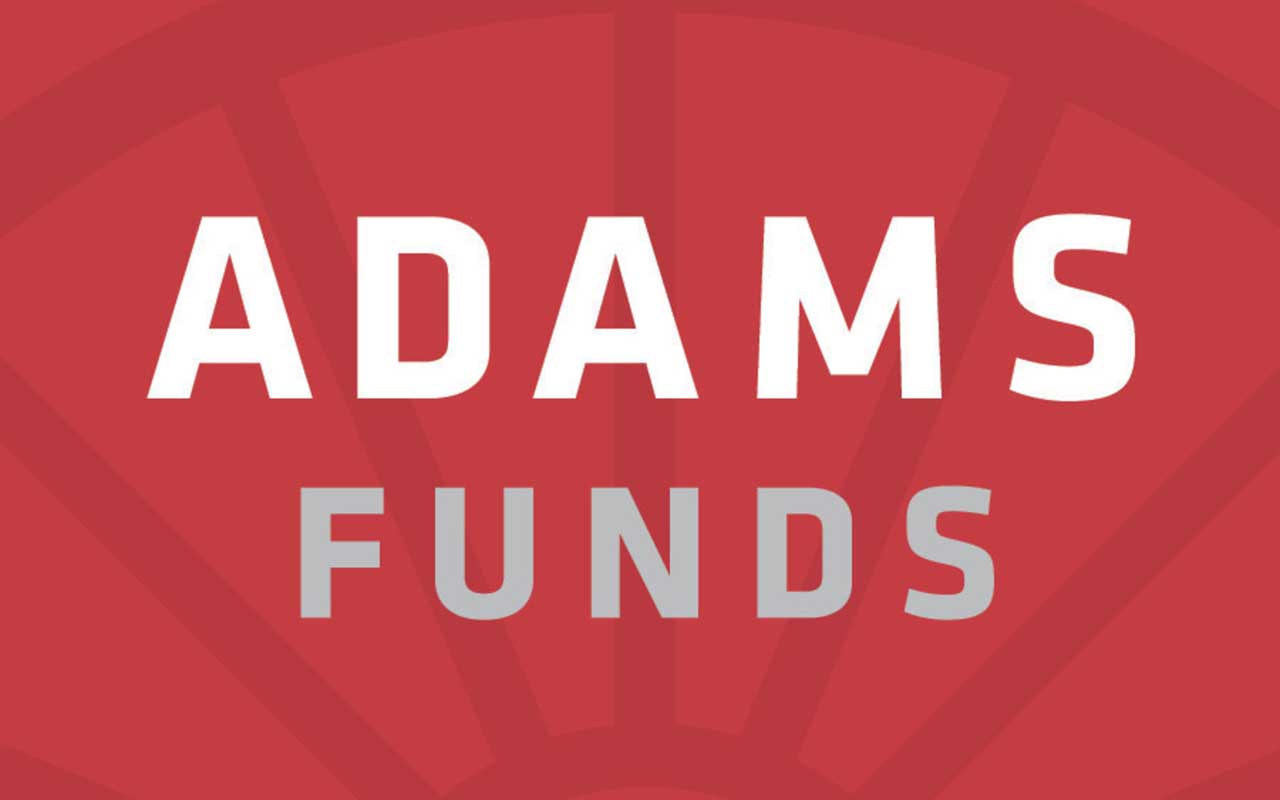
Adams Diversified Equity Fund
- Market value: $1.5 billion
- Distribution rate: 1.0%
- Expense ratio: 0.56%
The Adams Diversity Equity Fund (ADX, $14.63), an actively managed large-cap closed-end fund (CEF), is a sleeper beloved by investors who know about it – but at $1.5 billion in total assets under management, that’s not a big group of people.
But that hasn’t stopped this fund from being a quality performer for a very, very long time.
ADX is one of the oldest funds in the world. It went public as a closed-end fund in 1929 – at the start of the Great Depression – though its roots go even farther back, to 1854 as a delivery company called Adams Express. Adams Diversity Equity Fund has endured various watershed moments in American economic history and rewarded its shareholders along the way. The company’s average annual returns have roughly matched the S&P 500 over the past 15 years (no easy feat), and have bested it over the trailing one-, three- and five-year periods.
The low listed distribution rate of 1.0% is a little deceiving. Unlike many CEFs that pay distributions pretty evenly on a quarterly or monthly basis, Adams has a tiny quarterly distribution, holding back to instead pay out a variable special dividend. ADX has a mandate to distribute at least 6%, and via this special payout, it has exceeded 8% in three of the past five years. However, this schedule isn’t ideal for people who require regular payouts to, say, pay the monthly bills.
But ADX is trading at a considerable discount, at more than 14% to NAV. That means you’re getting great holdings such as Apple (AAPL), Amazon (AMZN) and Berkshire Hathaway (BRK.B) at 86 cents on the dollar right now. It also boasts cheap expenses; many similar mutual funds and CEFs charge 1% or more annually.
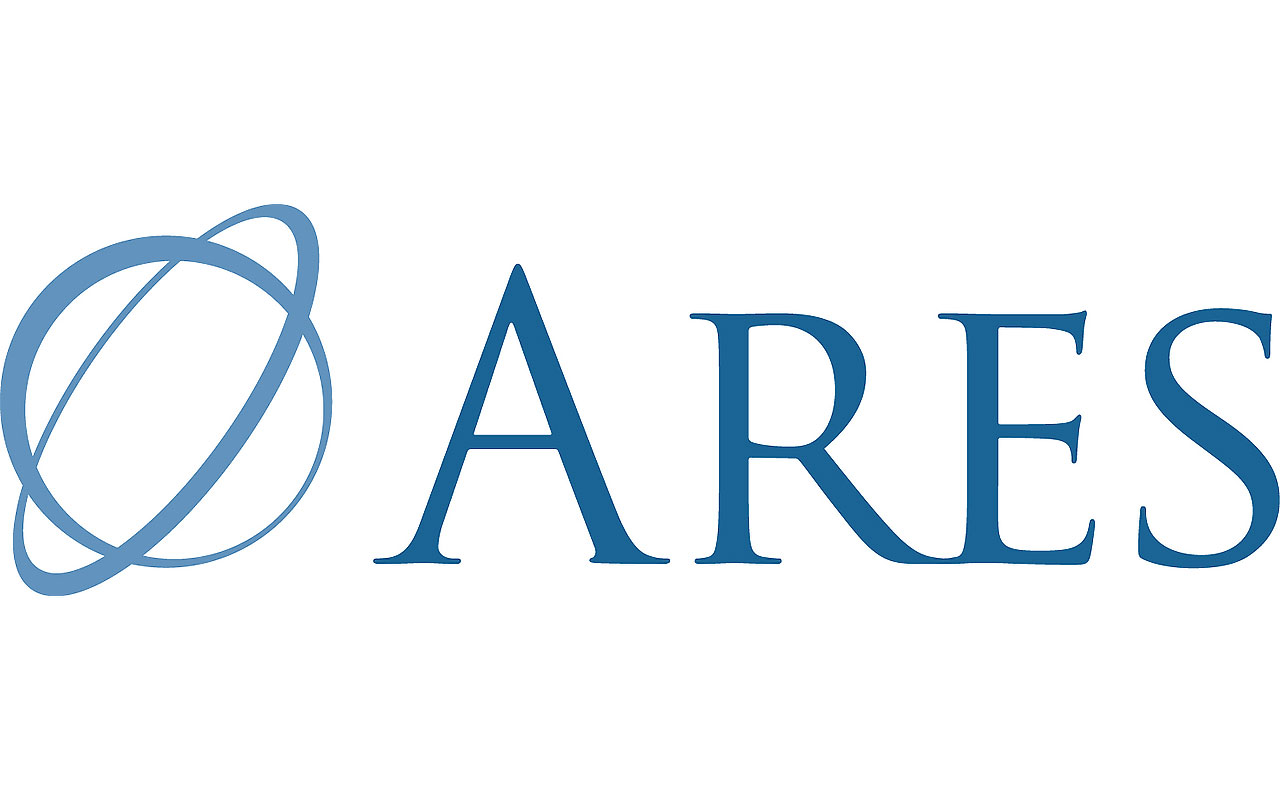
Ares Dynamic Credit Allocation Fund
- Market value: $344.9 million
- Distribution rate: 8.6%
- Expense ratio: 3.20%
Corporate bonds have been punished for years because of a rising-rate environment. But one asset class that typically rises in value with higher interest rates – leveraged loans – also suffered in late 2018. Both asset classes recently found themselves in oversold territory as a result.
But now both (and particularly corporates) are on the attack. That makes a fund like Ares Dynamic Credit Allocation Fund (ARDC, $15.02) particularly compelling.
ARDC is a strategic fund that invests in several assets: bonds (45.5%), collateralized loan obligation debt (25.4%), loans (21.5%), CLO equity (10.1%) and a sprinkling of equity. This helps insulate investors from rising rates somewhat while delivering a generous income stream.
The fund came to life on Nov. 27, 2012, and has outperformed the Bloomberg Barclays US Aggregate Bond Index 4.8%-2.7% over the trailing five-year period, and 12.7%-1.9% over the trailing three years. The fund’s discount expanded significantly during the late 2018 selloff, however, putting it at a current 12% discount to NAV versus a three-year average of nearly evenly priced trading.
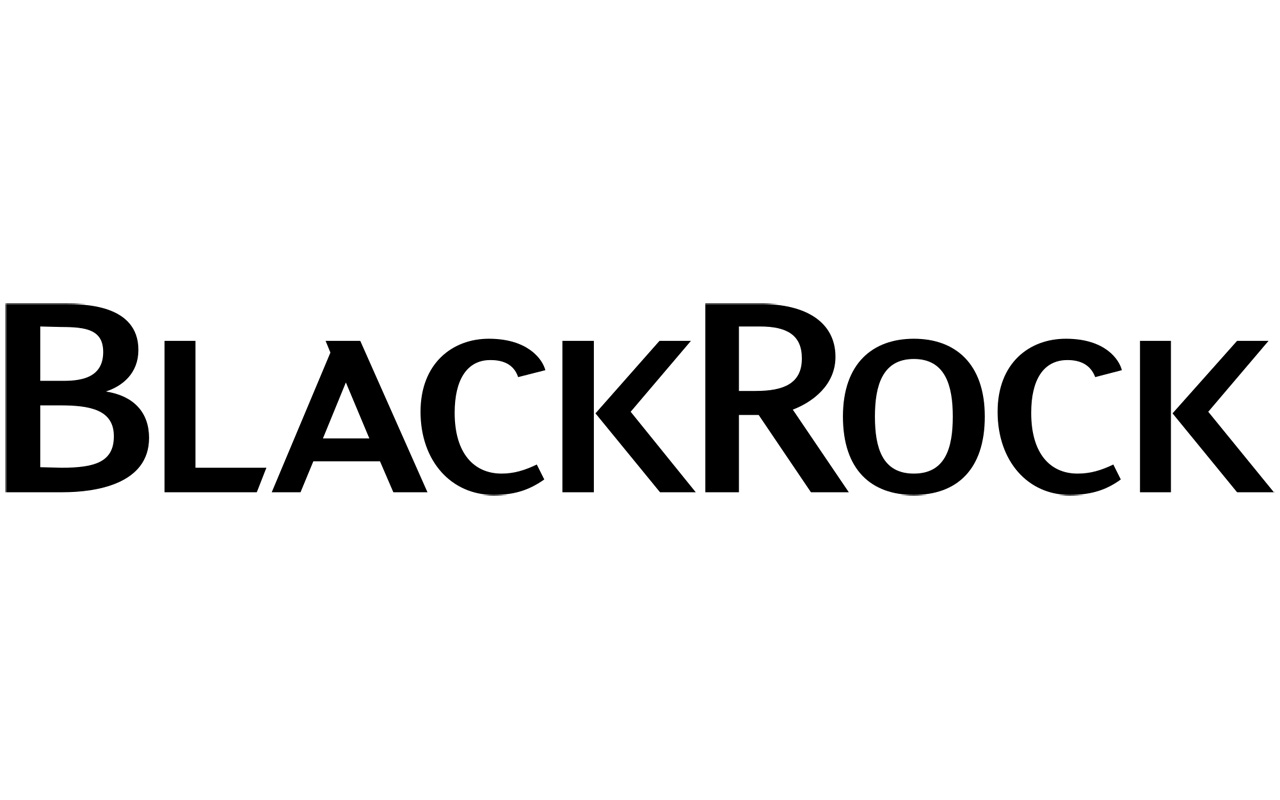
BlackRock Utility, Infrastructure & Power Opportunities Trust
- Market value: $361.6 million
- Distribution rate: 6.8%
- Expense ratio: 1.12%
The BlackRock Utility, Infrastructure & Power Opportunities Trust (BUI, $21.37) is one of the best funds to make a “global” play at the moment. It invests about half its assets in American stocks, and the other half across the globe, in places such as France, Canada, the U.K. and even China.
This is a specific bet that America will continue to shine, and that global fortunes will improve. (We’ve seen hints of that recently in the form of better data out of China.) At the same time, a heavy helping of utility companies makes BUI a defense fund that can do just fine should growth stall out.
BUI is 56% exposed to utility companies, 18% to capital goods (industrials, essentially), 12% to energy, 9% to materials and the rest, interestingly enough, in semiconductors.
The fund has performed admirably versus the global benchmark MSCI ACWI Index, besting it in the trailing one-, three- and five-year periods. It also offers a distribution of nearly 7% that tops most pure-play utility funds. The only downside right now is that it trades at a 4% premium to NAV, which is a bit more than its average three-year premium of 1.4%.

Boulder Growth & Income Fund
- Market value: $1.2 billion
- Distribution rate: 3.7%
- Expense ratio: 1.22%
- Boulder Growth & Income Fund (BIF, $10.95) is a concentrated CEF that has gained popularity for its considerable weight in Berkshire Hathaway (BRK.B), which makes up more than a quarter of the fund’s assets. That makes BIF a way to make a strong bet on Warren Buffett while also receiving some income – BRK.B yields nothing, but BIF delivers a 3.7% distribution.
Despite the name, BIF also is focused on getting that growth at a fair price. No surprise, then, that in addition to the Berkshire position, this fund holds other Buffett investments such as JPMorgan Chase (JPM), Wells Fargo (WFC) and American Express (AXP).
Naturally, February’s revelation that Berkshire suffered a $25.4 billion quarterly loss thanks to a writedown in Kraft Heinz (KHC) weighed on both BRK.B and BIF shares, but that was short-lived.
Boulder Growth & Income Fund’s allure right now is its significant 16.5% discount to NAV, which contrasts to a slight three-year average premium of 0.4%. Essentially, BIF is giving you the opportunity to buy Berkshire Hathaway and a small stable of blue chips at a considerably cheaper price than if you bought the stocks themselves.
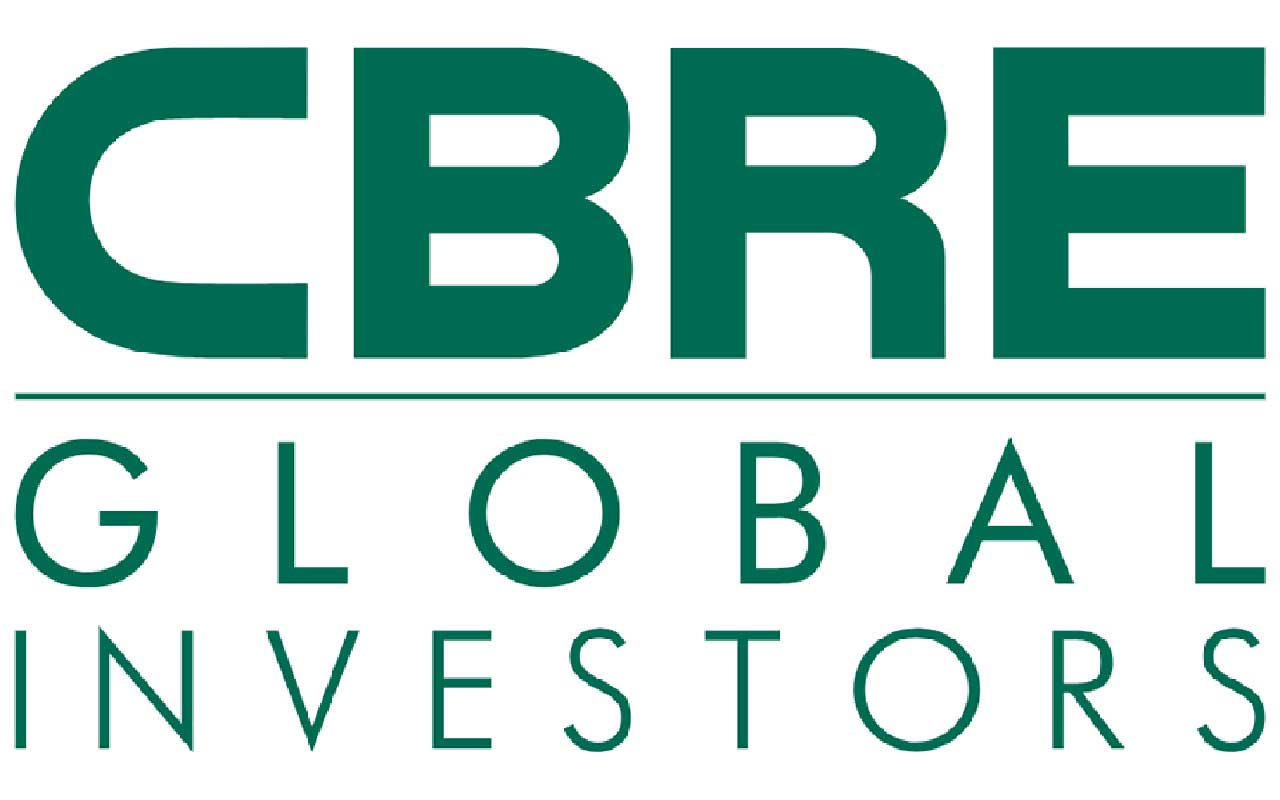
CBRE Clarion Global Real Estate Income
- Market value: $870.9 million
- Distribution rate: 8.0%
- Expense ratio: 1.54%
Real estate investment trusts (REITs) have beaten large-, mid- and small-cap stocks alike on a total-return basis since the bull market started on March 9, 2009, and they haven’t been left out of 2019’s rally. REITs also are beating each of those slices of the market so far this year.
As a reminder, REITs own and often operate properties – anything from offices and apartments to driving ranges and ski resorts. They’re also required to pay out at least 90% of their taxable income as dividends in exchange for favorable tax considerations.
You can get dirt-cheap access to REIT both domestically and abroad via the CBRE Clarion Global Real Estate Income (IGR, $7.47). This fund has a roughly 44% holding in American REITs, as well as smatterings across areas such as continental Europe (9.0%), Japan (8.1%) and the U.K. (4.4%). What makes the fund particularly interesting from an income perspective is a nearly 20% weighting in REITs’ preferred shares – commonly referred to as “stock-bond hybrids” that often yield between 5%-7%.
IGR holds REITs such as German residential real estate owner Vonovia, Hong Kong retail/office play Link REIT and American mall giant Simon Property Group (SPG). And despite walloping the market with a 23%-plus return in 2019, it’s still trading at a fantastic 14.1% discount to the value of its assets.
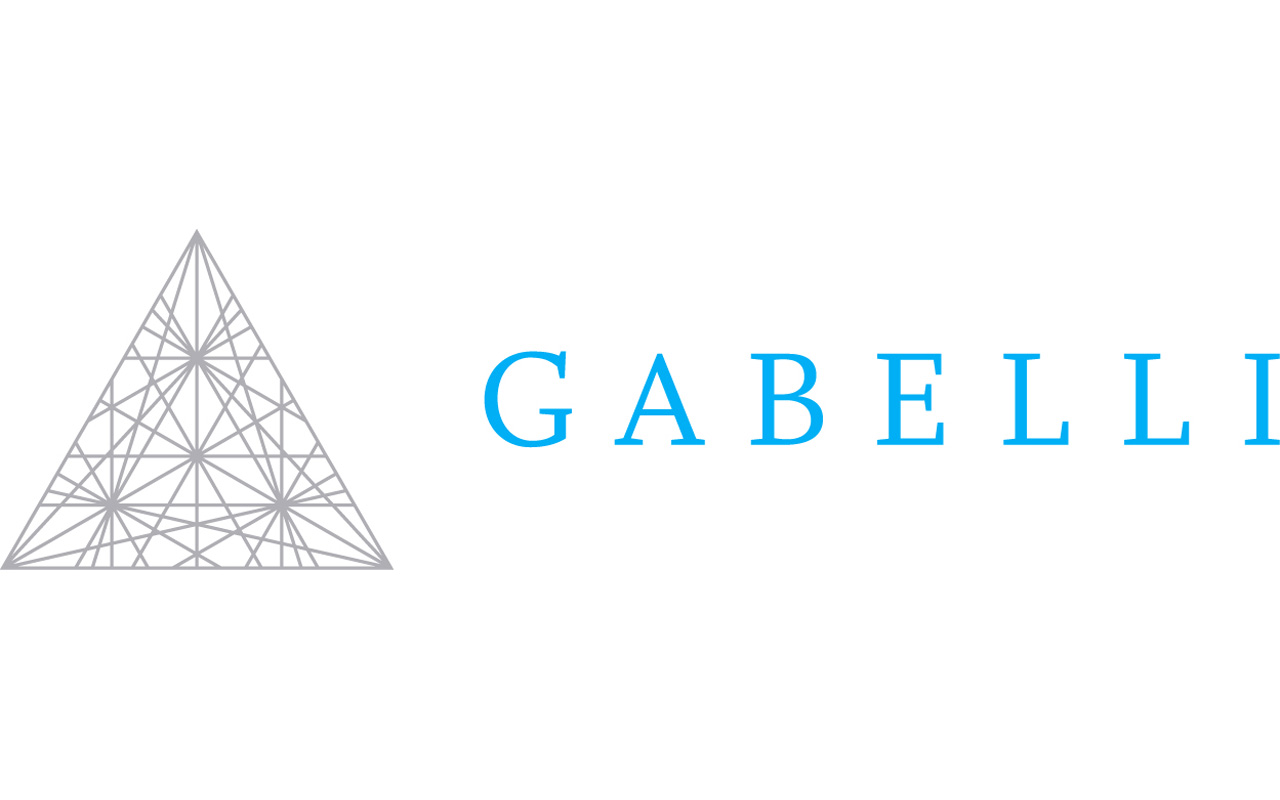
Gabelli Global Small & Mid-Cap Value Trust
- Market value: $114.6 million
- Distribution rate: 1.2%
- Expense ratio: 1.68%
If you want to double down on the current market’s run-up, you’ll want to consider “growthier” plays than the large-cap funds we’ve already covered.
Enter Gabelli Global Small & Mid-Cap Value Trust (GGZ, $11.82). Mario Gabelli, one of Wall Street’s most famous value investors, uses principled value investing strategies to pick the best small- and mid-cap stocks for this CEF.
GGZ holds 309 small and midsize companies that span a wide array of sectors and industries. Food and beverage is by far the largest at 15.4%, though the fund gives decent consideration to health care (5.6%), financial services (4.8%) and consumer products (4.2%), too. Note that there’s significant international exposure, too, at roughly a third of the fund’s holdings. Top dogs at the moment include the likes of American construction materials company USG Corp. (USG), Danish biosciences company Chr. Hansen and Japanese food manufacturer Kikkoman, well-known for its soy sauce.
The growthier profiles of smaller stocks are clearly in favor right now – and now’s the time to buy in via GGZ, which is trading at a nearly 15% discount.
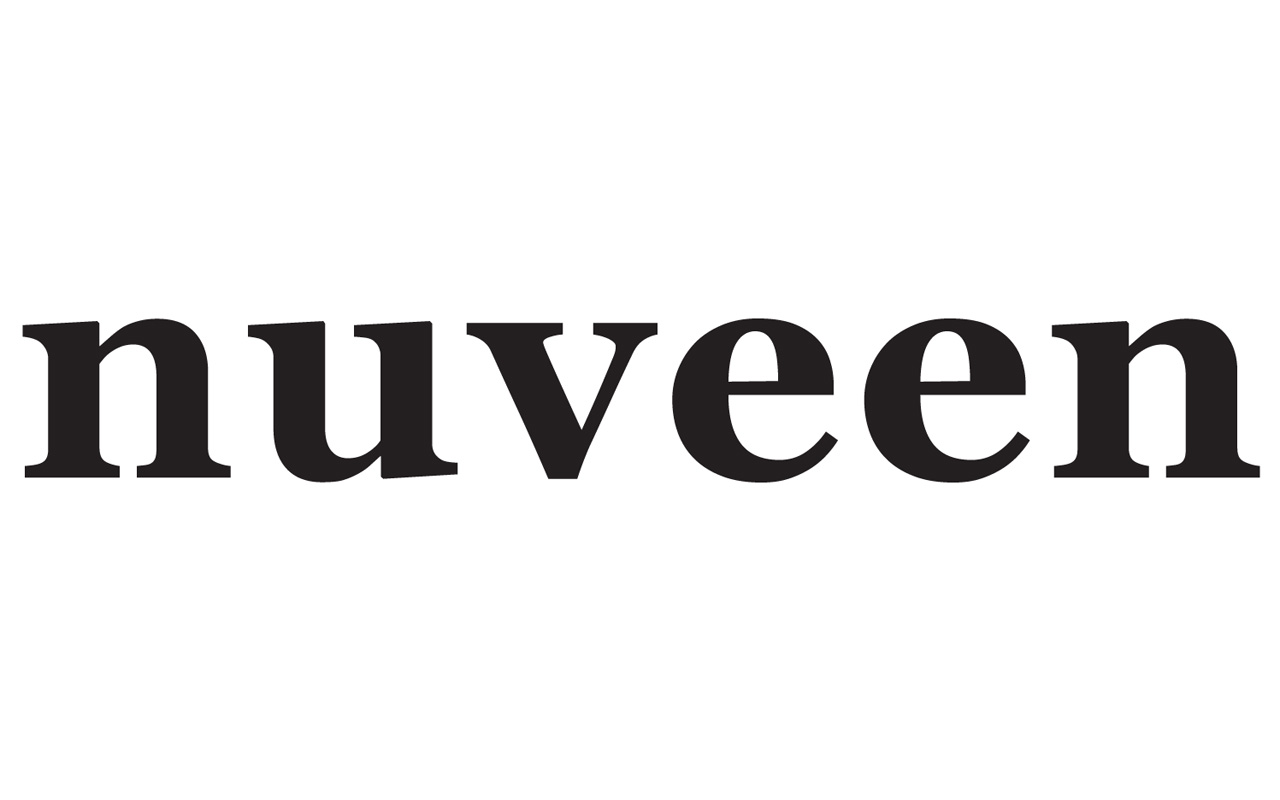
Nuveen S&P 500 Dynamic Overwrite Fund
- Market value: $258.5 million
- Distribution rate: 6.8%
- Expense ratio: 0.91%
The Nuveen S&P 500 Dynamic Overwrite Fund (SPXX, $15.64) is a somewhat more defensive, income-oriented way to access the large caps of the S&P 500.
The SPXX holds about 200 stocks in an attempt to closely (but certainly not perfectly) replicate the performance of the S&P 500. At the same time, it also sells call options – an income-generating strategy – on anywhere between 35% to 75% of the value of its equity holdings.
The upside of this strategy is obvious – SPXX generates significantly more income than the S&P 500’s 1.9% current yield. The downside is that the strategy can put a cap on upside, as the call options require the fund to sell positions once they reach a certain price.
The best kind of environment for the SPXX is a flat market. That’s because while the long positions won’t appreciate in price, it will be generating significantly in more returns (thanks to income) than traditional funds that hold a similar blend of stocks.

Reality Shares DIVCON Dividend Defender ETF
- Market value: $5.0 million
- Dividend yield: 0.6%
- Expense ratio: 1.38%*
If you’re a little skittish that this market recovery has gotten too long in the tooth, and you want to dip your toe rather than diving in, consider the Reality Shares DIVCON Dividend Defender ETF (DFND, $28.71).
DFND is one of several ETFs that utilize Reality Shares’ DIVCON system, which rates the health of companies’ dividends using factors including profits, cash flow, dividend trends and analyst forecasts. Specifically, DFND uses a long-short strategy that goes 75% long companies that are likely to increase their dividends, according to DIVCON’s scoring system, and 25% short companies that are likely to cut their dividends.
This is a relatively young fund that started trading in January 2016, so it has little trading history to look back at. But it did suffer less than half the losses of the S&P 500 during the market’s close brush with bear-market territory in the final quarter of 2018.
DFND’s long holdings currently include the likes of Broadcom (AVGO), Ross Stores (ROST) and Texas Instruments (TXN), and the ETF is short General Electric (GE), FirstEnergy (FE) and Arconic (ARNC), among others.
* Includes a 0.85% management fee and a 0.53% fee related to dividend expenses from shorting stocks

Reality Shares DIVCON Dividend Guard ETF
- Market value: $13.9 million
- Dividend yield: 0.5%
- Expense ratio: 1.41%*
The Reality Shares DIVCON Dividend Guard ETF (GARD, $24.20) is a slightly more versatile sister fund to DFND.
Like the Defend ETF, GARD uses a long-short strategy tied to a company’s DIVCON rating. But how GARD stands out is that the fund constantly monitors market conditions via factors such as price momentum and volatility, and changes its long and short allocations depending on how bearish the fund’s outlook is. The fund can dip to a 50-50 long-short exposure if things look particularly dour.
This plays out in the top holdings, which are very similar to the Defend ETF. For instance, DFND holds top long holdings Broadcom and Ross Stores at 1.4% each; GARD holds them too, but at slightly less bullish 0.9% weights for each. Meanwhile, DFND’s short positions in GE and FE are 1.6% and 1.5%, respectively … but GARD’s short positions in those stocks are almost twice as large, at 3.2% and 2.9%.
In short: “Defend” if you’re just a little nervous, “Guard” if you have significant worries.
* Includes a 0.85% management fee and a 0.56% fee related to dividend expenses from shorting stocks
Profit and prosper with the best of Kiplinger's advice on investing, taxes, retirement, personal finance and much more. Delivered daily. Enter your email in the box and click Sign Me Up.

-
 The Santa Claus Rally Officially Begins: Stock Market Today
The Santa Claus Rally Officially Begins: Stock Market TodayThe Santa Claus Rally is officially on as of Wednesday's closing bell, and initial returns are positive.
-
 How to Leave Different Amounts to Adult Children Without Causing a Rift
How to Leave Different Amounts to Adult Children Without Causing a RiftHere’s how to leave different amounts to adult children without causing a family rift.
-
 My Retirement Learning Curve, 1 Year In
My Retirement Learning Curve, 1 Year InA retiree checks in with what they wish they knew early on and what they've changed about their plan one year in.
-
 The Santa Claus Rally Officially Begins: Stock Market Today
The Santa Claus Rally Officially Begins: Stock Market TodayThe Santa Claus Rally is officially on as of Wednesday's closing bell, and initial returns are positive.
-
 'Humbug!' Say Consumers, Despite Hot GDP: Stock Market Today
'Humbug!' Say Consumers, Despite Hot GDP: Stock Market Today"The stock market is not the economy," they say, but both things are up. Yet one survey says people are still feeling down in the middle of this complex season.
-
 Stocks Rise to the Spirit of the Season: Stock Market Today
Stocks Rise to the Spirit of the Season: Stock Market TodayInvestors, traders and speculators are beginning to like the looks of a potential year-end rally.
-
 Nasdaq Leads as Tech Stages Late-Week Comeback: Stock Market Today
Nasdaq Leads as Tech Stages Late-Week Comeback: Stock Market TodayOracle stock boosted the tech sector on Friday after the company became co-owner of TikTok's U.S. operations.
-
 Cooler Inflation Supports a Relief Rally: Stock Market Today
Cooler Inflation Supports a Relief Rally: Stock Market TodayInvestors, traders and speculators welcome much-better-than-hoped-for core CPI data on top of optimism-renewing AI earnings.
-
 The November CPI Report Is Out. Here's What It Means for Rising Prices
The November CPI Report Is Out. Here's What It Means for Rising PricesThe November CPI report came in lighter than expected, but the delayed data give an incomplete picture of inflation, say economists.
-
 Nasdaq Sinks 418 Points as Tech Chills: Stock Market Today
Nasdaq Sinks 418 Points as Tech Chills: Stock Market TodayInvestors, traders and speculators are growing cooler to the AI revolution as winter approaches.
-
 Stocks Chop as the Unemployment Rate Jumps: Stock Market Today
Stocks Chop as the Unemployment Rate Jumps: Stock Market TodayNovember job growth was stronger than expected, but sharp losses in October and a rising unemployment rate are worrying market participants.
